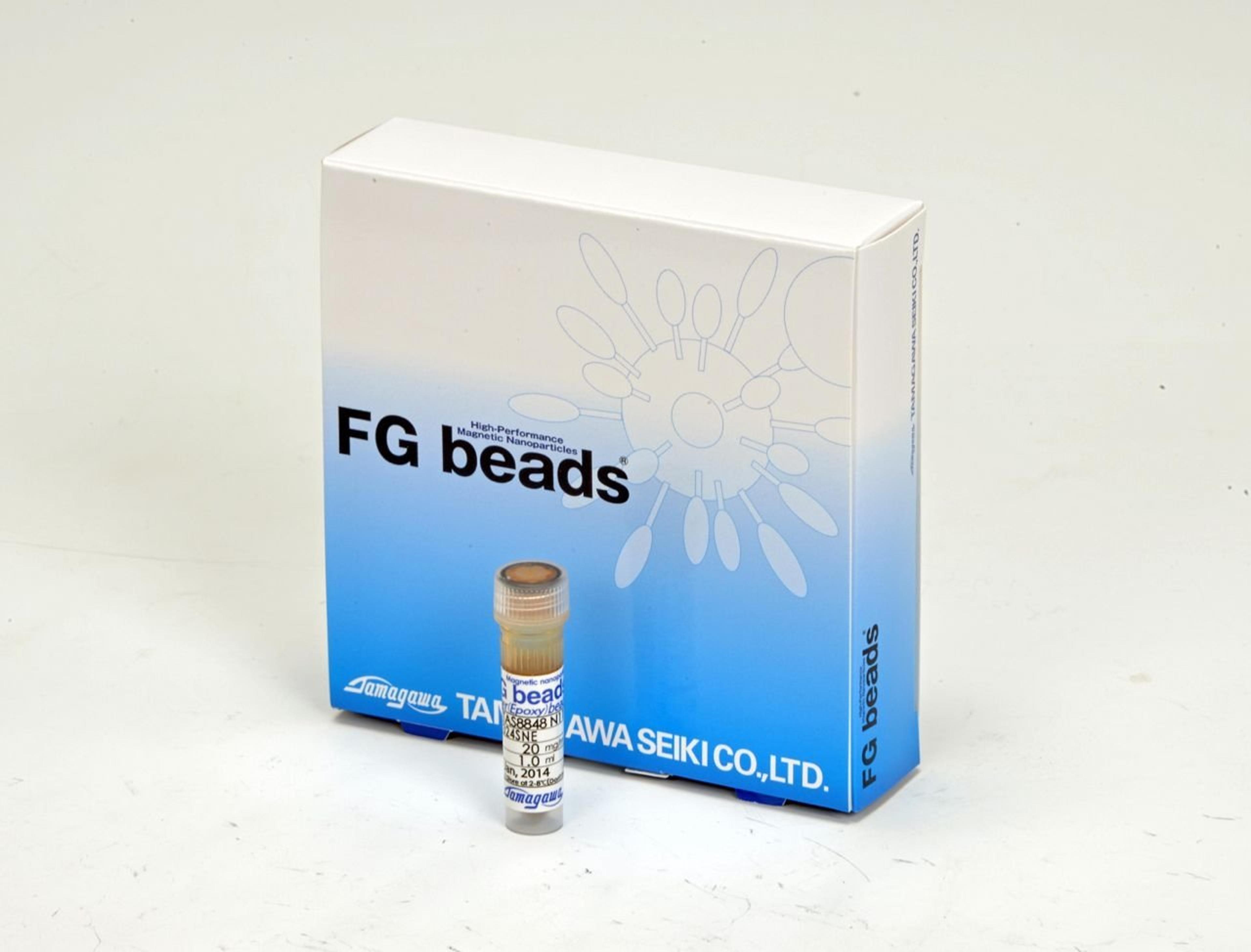DNA Repair in Cancer Treatment and Improvement in ChIP Methods
Dr. Nobuo Horikoshi explains his research on the epigenetics of DNA repair and how a timely switch of techniques yielded a higher chromatin recovery
24 Aug 2017


Dr. Nobuo Horikoshi is a research assistant professor at the Department of Radiation Oncology, Northwestern University
SS: Please describe your research
NH: Our research focuses on cellular repair in aging and cancer, and mitochondrial metabolism in general. We are looking at the DNA and histone modification, with a particular interest in the sirtuin family of deacetylase enzymes. I focus on the mitochondria-localized sirtuin-3 (SIRT-3). SIRT-3 is especially critical in controlling harmful reactive oxygen species in the mitochondria, because the deacetylase can regulate mitochondrial manganese super-oxide dismutase activity. That means the mitochondria’s health is very dependent on SIRT-3, and the mitochondrial metabolism is under the control of this enzyme. So, we are particularly focusing on how mitochondria metabolism and SIRT-3 deacetylase enzyme activity can affect cancer development and aging.
SS: What are some techniques you use in the lab?
NH: We use FG magnet beads for ChIP to examine the histone code and for the analysis of histone H4K16 acetylation modification. In ChIP, DNA-binding proteins such as histones will be chemically cross-linked using formaldehyde, and then the histone-DNA complex will be immunoprecipitated by a specific antibody, followed by sequencing or qPCR.
When I was introduced to the FG magnetic beads by TAMAGAWA, I was actually settled with my old protocol. They said that if I had the opportunity to try the new beads they would be happy to hear the result. When I compared their new beads with our established method, to my surprise, the biggest difference was the recovery of immunoprecipitated chromatin.
Capturing DNA-crosslinked proteins by antibodies is the initial step and probably most important point, because if you could not capture the complex by immunoprecipitation, you could not get any results. So, to our surprise, using FG beads gave us more than double the amount of complex recovered. It is very reproducible and without a heavy background. The recovery of the complex is more than double, and reliable. If you can capture more complex at the very initial aspect of your experiment then the following analyses become more reliable and much easier, and sometimes that double amount of recovery can make new experiments possible… especially if you are working on very tiny populations of cells, such as some classes of neurons or particular types of disease-containing specimens. It’s important to recover the tiny amounts of complexes in the first step. I was very impressed because by simply switching to these new beads, our recovery doubled.
SS: What is the future for your research?
NH: The overarching theme of our lab is understanding DNA repair as applied to cancer treatment and aging. The main issue, especially in radiation oncology, is how to effectively treat cancer while minimizing normal organ damage. Our study suggests that cellular metabolism can very strongly influence cancer treatment. Therefore, we’ll try to improve effectiveness and minimize side effects of cancer treatment by looking at cellular metabolism and DNA-repairing enzymes.
Find out more about the FG beads and other TAMAGAWA products.
Do you use FG beads in your ChIP protocol? We want to hear from you! Share your expertise here.


